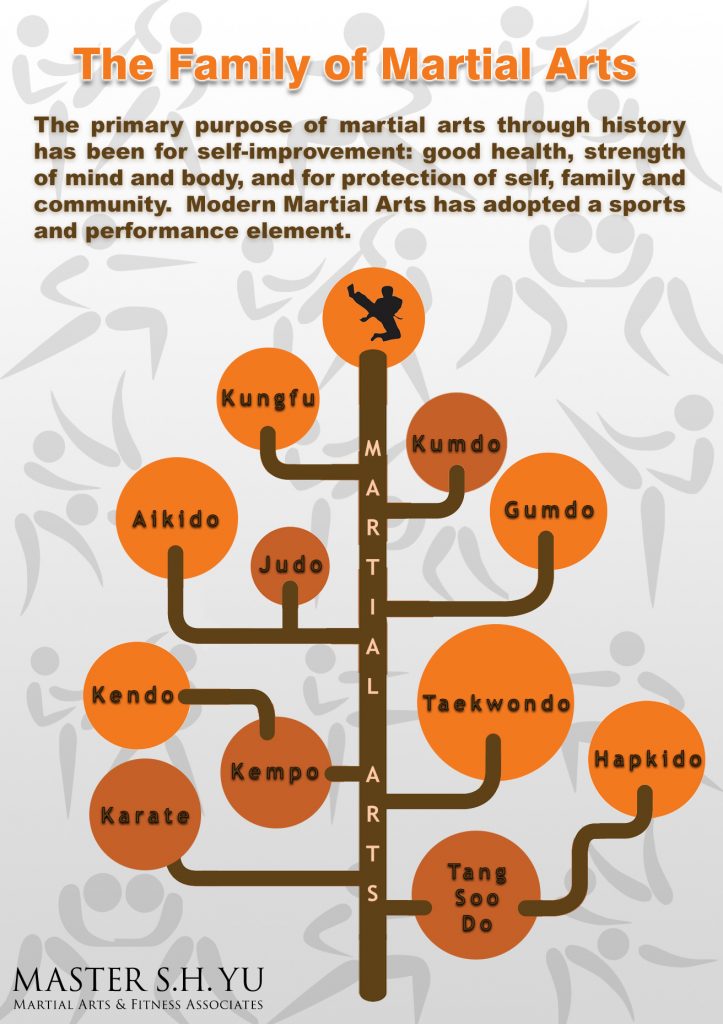Grasping The Art Of Taekwondo: A Guide To Kinds And Their Value
Grasping The Art Of Taekwondo: A Guide To Kinds And Their Value
Blog Article
Posted By-Hahn Brink
Did you recognize that there are over 20 various taekwondo types, each with its very own one-of-a-kind series of motions and techniques? These kinds, also called poomsae, play an important duty in the method and growth of taekwondo specialists.
Yet what exactly are Suggested Internet page , and why are they so significant? In this discussion, we will certainly check out the basics of taekwondo types, their beginnings, and the key elements that make them an indispensable part of this martial art.
Whether you're a newbie or a seasoned specialist, comprehending the relevance of taekwondo types will strengthen your appreciation for this old method and enhance your trip towards mastery.
Origins and Evolution
The origins and evolution of Taekwondo can be traced back to ancient fighting styles practices in Korea. It was developed over 2,000 years ago and has considering that turned into a prominent and worldwide recognized sporting activity.
Taekwondo was heavily influenced by numerous Korean fighting styles styles, such as Taekkyon and Subak, in addition to Chinese fighting styles. It was at first used as a way of protection, but with time, it developed right into a competitive sporting activity that concentrates on striking methods and high kicks.
In the 20th century, Taekwondo went through a significant transformation and was standardized into its contemporary form. The Korea Taekwondo Association played a crucial function in this procedure, aiding to develop policies, methods, and forms that are still complied with today.
Key Elements and Strategies
Currently allow's check out the essential elements and techniques of Taekwondo. To fully recognize the key elements and techniques, it is necessary to delve much deeper into the adhering to subtopics:
- Stances: Taekwondo emphasizes the correct use positions, such as the front stance, back stance, and steed position. These positions provide security, balance, and power in executing different methods.
- Strikes and Kicks: Taekwondo is renowned for its powerful and dynamic kicks, consisting of the front kick, roundhouse kick, and side kick. Strikes, such as strikes and knifehand strikes, are likewise vital methods in Taekwondo.
- Blocks and Protection: Effective protection is critical in Taekwondo. Blocks, such as the high block and reduced block, are utilized to safeguard against inbound attacks. your input here and positioning are vital to successfully protecting oneself.
Benefits and Impact
Among the substantial benefits of exercising Taekwondo is the enhancement of physical conditioning and general well-being. By engaging in routine training sessions, you can boost your cardio wellness, strength, adaptability, and endurance. Taekwondo entails a variety of motions that target different muscle mass teams, helping you develop a strong and toned figure.
Furthermore, this martial art advertises mental wellness by reducing stress and anxiety and anxiety levels. The discipline and emphasis required in practicing Taekwondo can help boost your concentration and boost your capability to take care of difficult scenarios.
Furthermore, the method of Taekwondo infuses a feeling of self-confidence, self-discipline, and self-control, which can favorably impact different locations of your life. Generally, exercising Taekwondo can cause a much healthier and more balanced way of life.
Verdict
So there you have it! Taekwondo forms aren't just simple regimens, but a depiction of the abundant background and advancement of this fighting style. By understanding preschool karate near me and techniques, practitioners can gain various physical and psychological benefits.
From raised flexibility and strength to enhanced emphasis and technique, taekwondo forms have a long lasting influence on those that exercise them.
So, whether you're a novice or a knowledgeable martial artist, accept the power of these types and let them take you on a trip with time.
